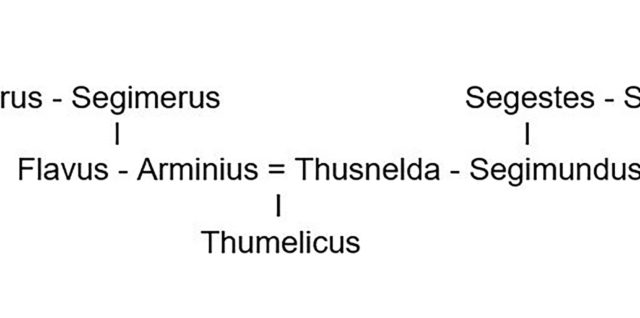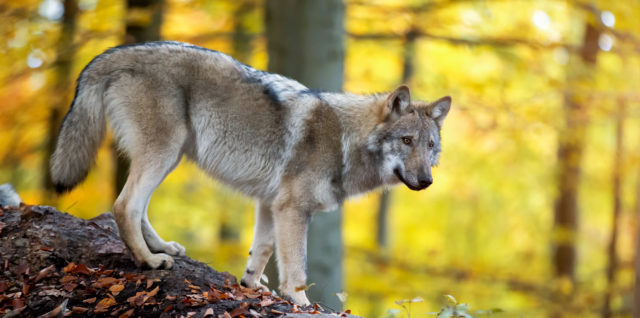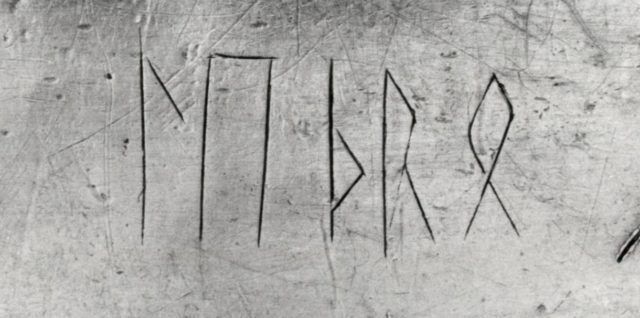Fierce females – names of Iron and Viking Age women

Before I wrap up the project, I want to address the really interesting theme of female names. I have been working on a paper about this since the beginning of the ArcNames project, but the subject just keeps growing. In later years, there has been much discussion about evidence for armed women in the Viking Age and whether burials of women with weapons reflect real life shield maidens. This has been an especially hot topic following a 2017 paper about a woman buried with weapons in Viking Age Birka (an overview of the discussion with further references can be found Continue reading Fierce females – names of Iron and Viking Age women




